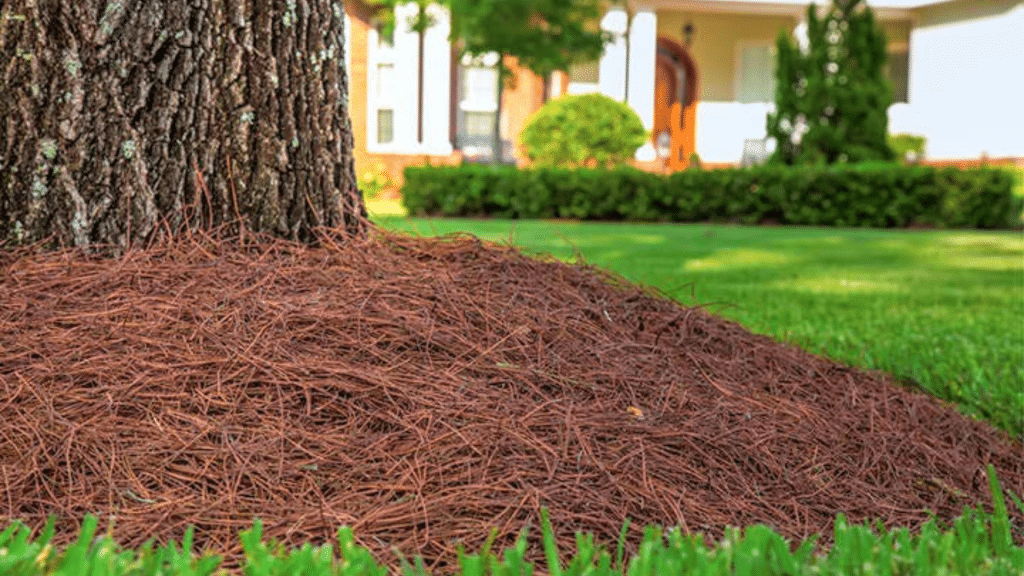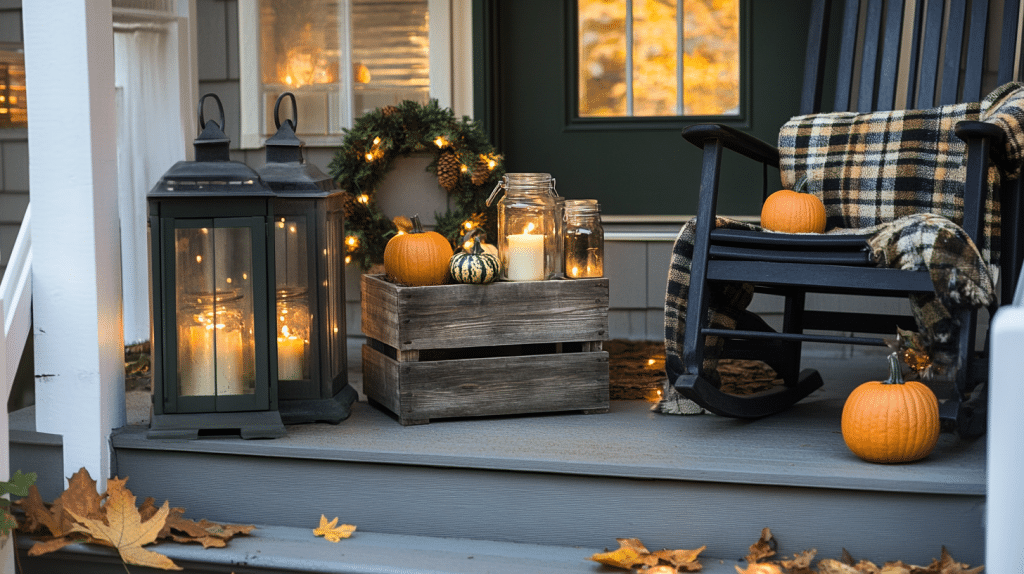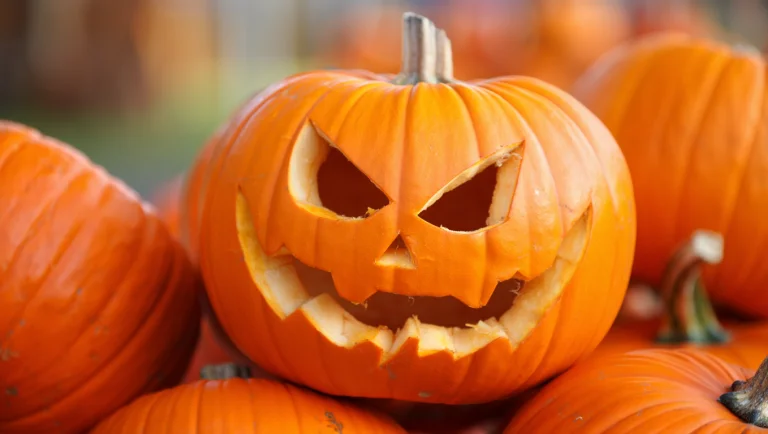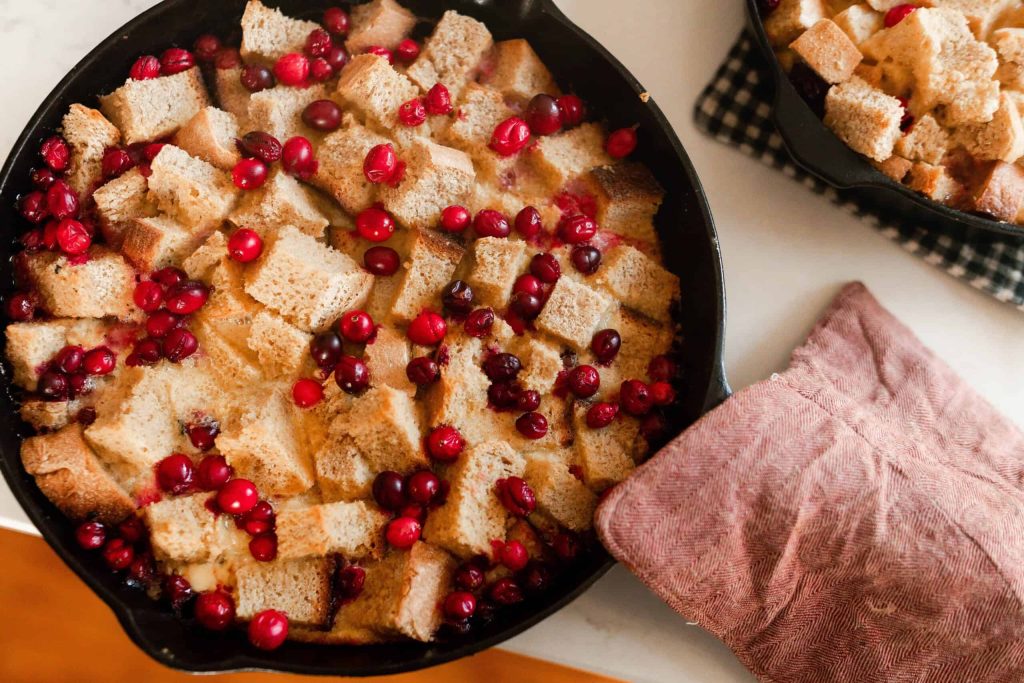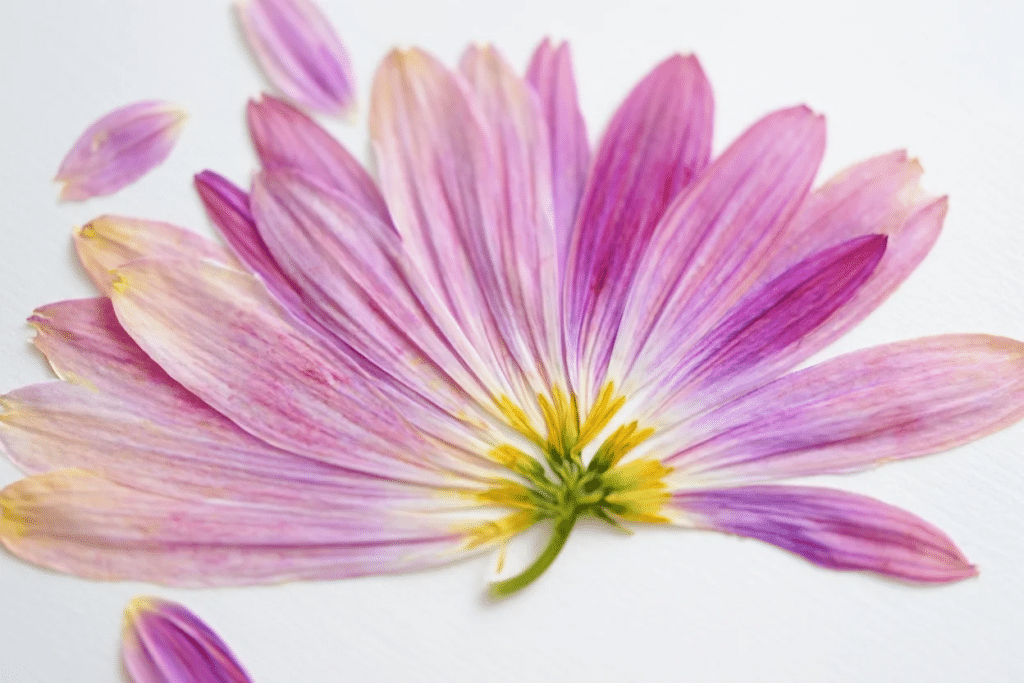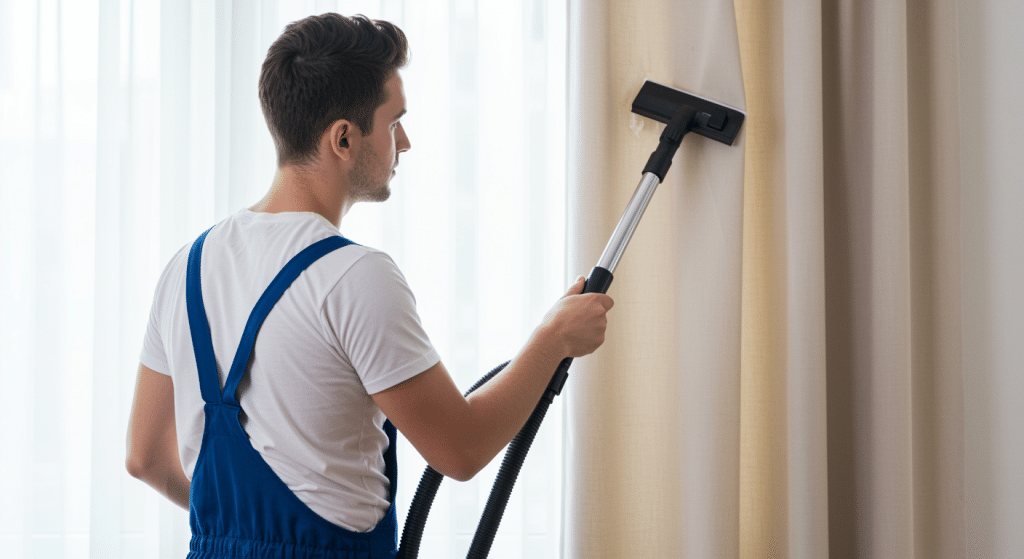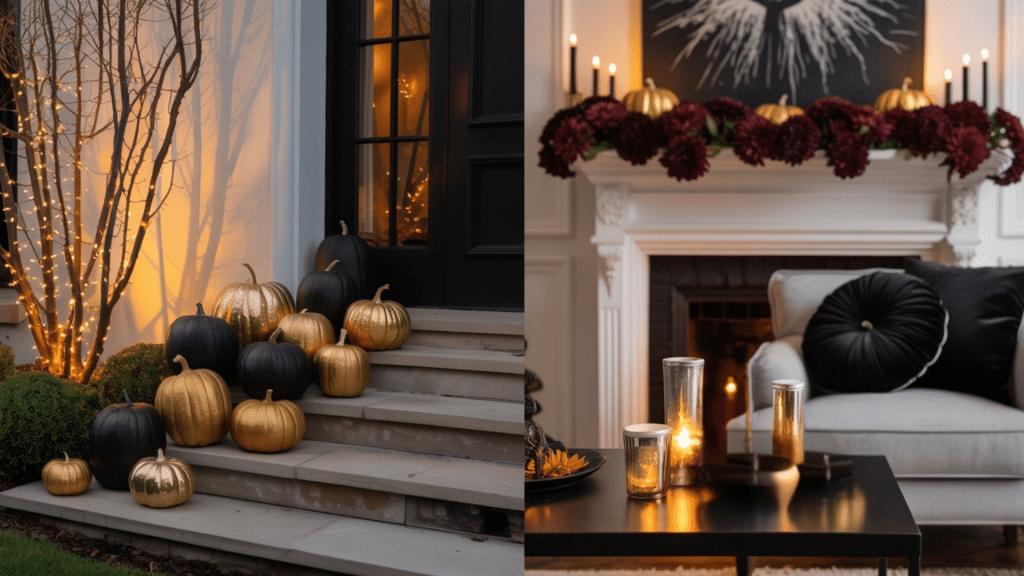Home fires claim thousands of properties each year. Many homeowners worry about landscaping materials that might increase fire risk around their foundation.
I’ll show you the real facts about pine needle mulch pros and cons when it comes to home safety.
In this blog, you’ll learn about fire risks, moisture benefits, and pest concerns. I’ll also share practical tips for safe installation. Plus, I’ll cover alternatives that might work better for your specific situation.
By the end, you’ll know exactly how to make the right choice for your home’s safety and curb appeal.
What is Pine Straw?
Pine straw is nature’s free gift to gardeners. It’s basically the brown needles that fall from pine trees every year. Most people just rake them up and toss them.
But smart landscapers collect these needles and use them as mulch.
I weighed the pros and cons of using pine needle mulch around my home. On the plus side, it’s lightweight, retains moisture well, and helps prevent soil erosion.
But pine straw is also flammable when dry, attracts pests like ants, and can be hard to keep tidy.
Because of these factors, I realized it’s important to think about safety, especially around the house’s perimeter, before deciding where to use it.
Safety Considerations of Pine Straw Around Homes
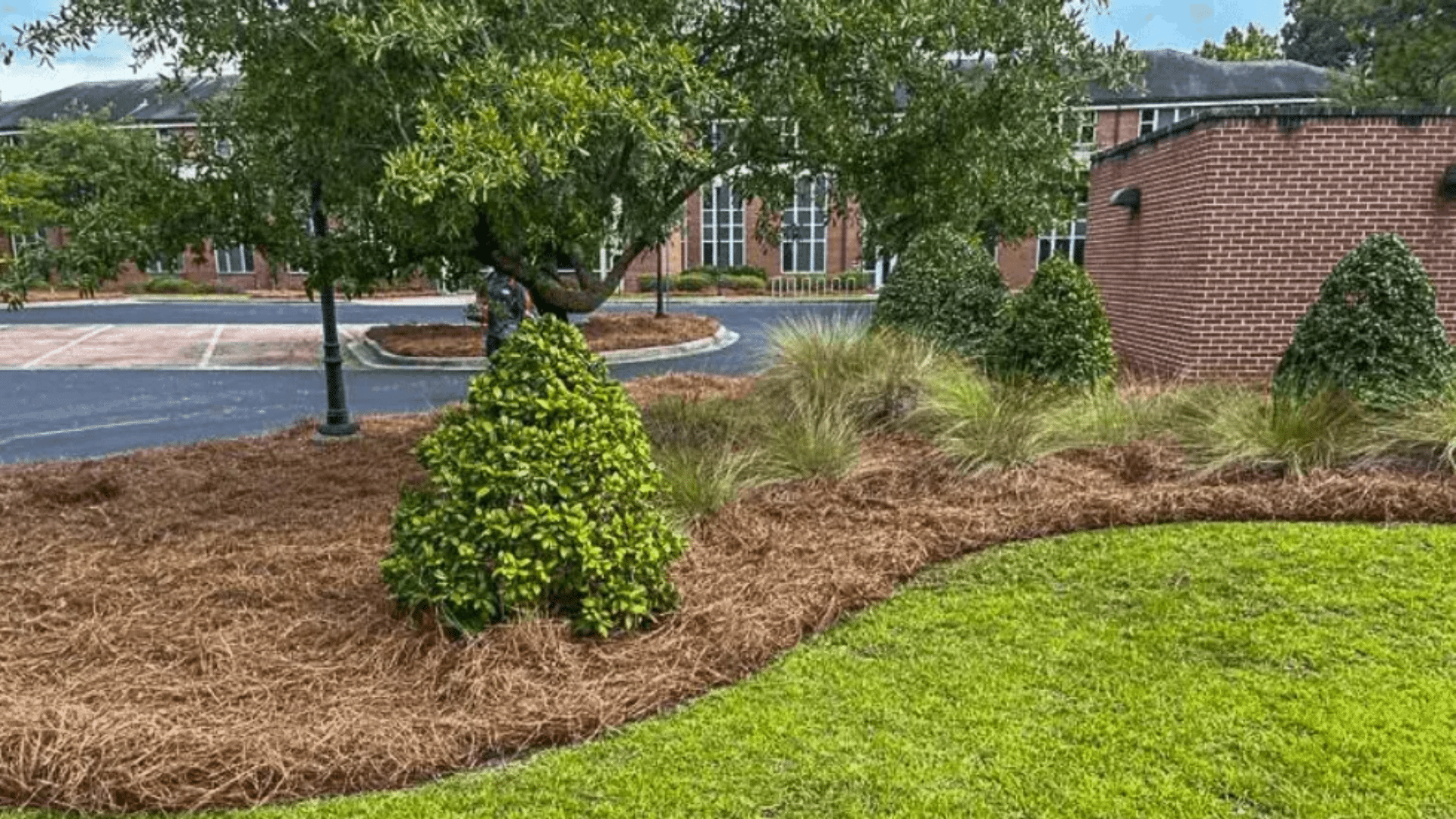
Let me be straight with you. Pine straw looks great, but it comes with real safety risks around your house.
Fire Risk
Pine straw is dry and light, so it catches fire easily. If it’s too close to siding, decks, or HVAC units, one spark could cause serious problems. That’s why I keep it away from anything that might ignite.
Pest Issues
Pine straw attracts ants and roaches. They love the warm, sheltered spots it creates. It doesn’t attract termites like wood mulch does, but I still don’t want insects camping next to my house.
Moisture & Mold Growth
Pine straw holds moisture well. Great for soil, but not for foundations. When it sits too close to the house, it traps dampness. That can lead to mold or mildew problems over time.
Comparing Alternatives for Home Safety
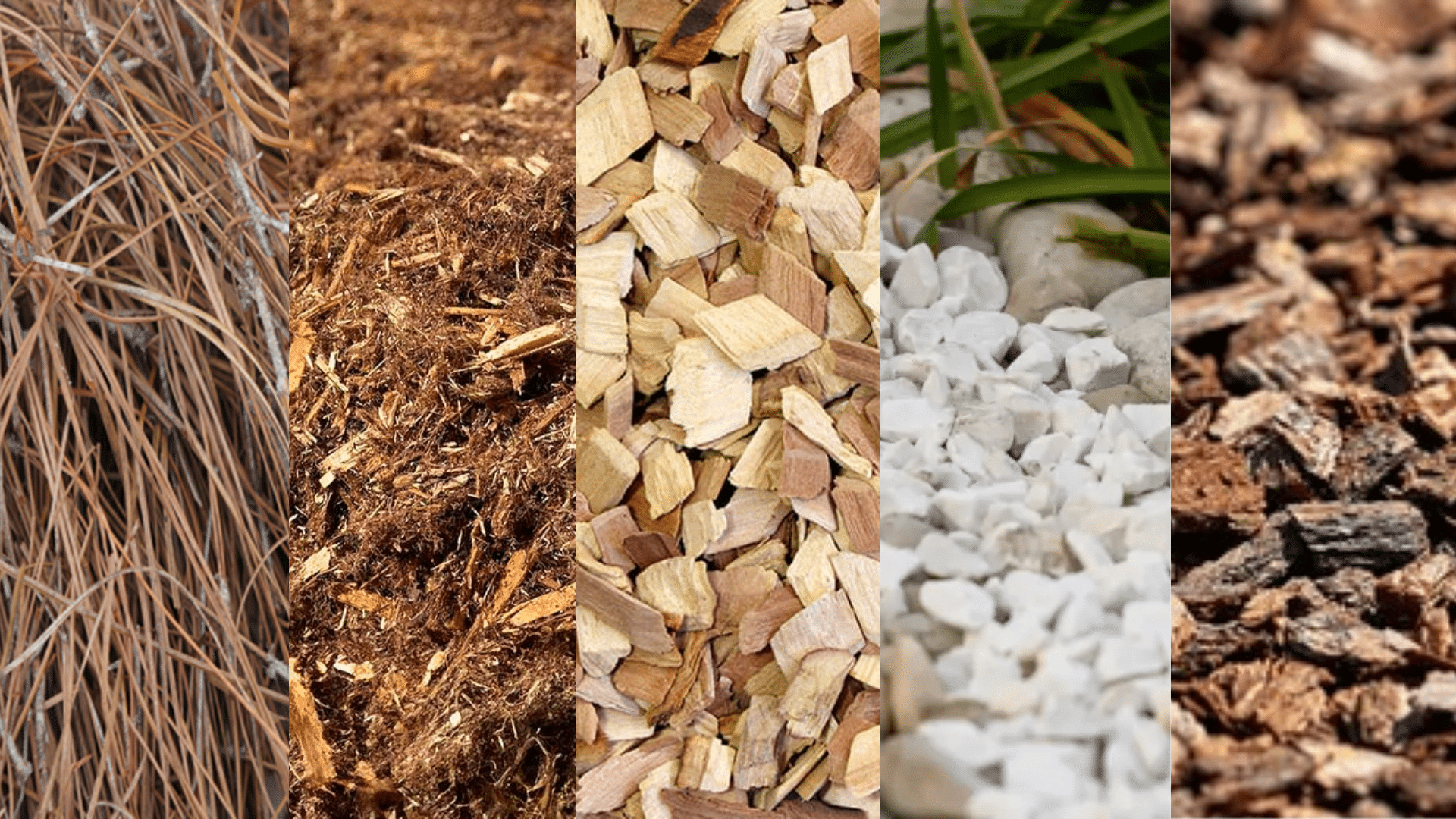
Many homeowners struggle with choosing the right mulch that balances beauty and safety. Cedar offers natural pest resistance and slower burn rates compared to pine options.
For a complete breakdown of how these popular mulch types perform in different garden situations, you might find our detailed comparison helpful.
1. Pine Straw
Highly flammable and attracts ants and roaches. Retains moisture that can trap dampness near foundations. Best used in garden beds away from the house.
2. Cedar Mulch
There is a moderate fire risk, but it naturally repels insects. Holds moisture moderately and is safer near foundations than pine straw.
3. Wood Mulch
Moderate to high fire risk and attracts termites. Better suited for landscaping areas away from house foundations.
4. Gravel or Stone
Non-combustible with no pest attraction. Low moisture retention makes them safest for placing directly against foundations and decks.
5. Treated Hardwood
Low fire risk with minimal pest attraction. Suitable for use near homes where safety is a priority.
Expert Recommendations for Mulching Around a House
Fire safety experts have clear rules about mulch placement, and I follow these same guidelines at my own home. Smart spacing and location choices make all the difference, especially since many landscaping rules on safe mulch for homes and pests highlight the same points.
- Safe Buffer Spacing: Keep pine straw at least 5 feet away from your house siding. Make it 10 feet near decks and wooden structures. Never put pine straw under eaves where heat gets trapped.
- Best Locations for Pine Straw: Garden beds far from buildings work perfectly. Natural woodland areas and slopes benefit most from pine needle coverage. Use it for pathways between garden sections, too.
- Fire-Resistant Alternatives: Gravel and stone won’t burn at all. Hardwood chips burn much more slowly than pine needles. Rubber mulch resists ignition but costs more.
- Pest Considerations: Cedar mulch repels insects naturally. Inorganic materials like rock don’t attract bugs. Avoid thick organic layers right against your foundation.
- Professional Guidelines: Local fire departments often have specific spacing requirements. Some areas require 10+ feet of defensible space. Check your homeowner’s insurance policy for mulch restrictions, too.
Conclusion
Pine straw offers real benefits for your garden. But safety always comes first near your house.
Use pine straw in garden beds away from structures. Choose gravel or stone within that critical five-foot zone around your foundation.
Your landscaping decisions today protect your family tomorrow. Don’t let beautiful mulch become a fire hazard. Mix materials strategically across your property. Maintain your desired natural look while keeping your home safe.
Are you ready to create a safer landscape? Start with that foundation buffer zone this weekend.


